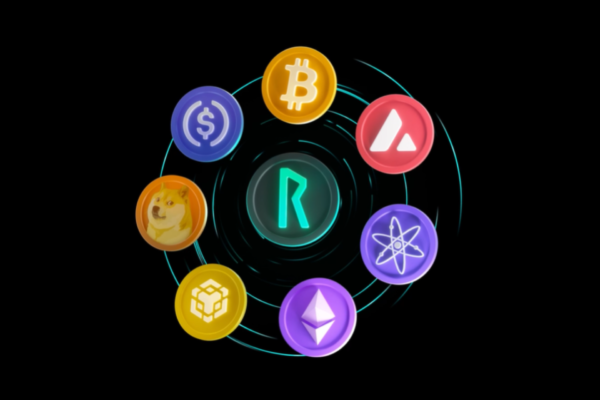Polygon (MATIC) has rapidly vaulted from a little known small market cap coin, to a stalwart in the top tier of cryptocurrency.
As recently as February of 2021, Polygon was trading at a paltry $.12 per token, before catapulting all the way over $2.60 per token in mid-May.

Since then, MATIC has given back much of those gains as the market has seen a pullback, but remains a force near the peak of the crypto landscape. Even with its rapid run up, at the writing of this article, Polygon holds only a $5.9Billion market cap. If you compare this to other main tokens, it is substantially smaller. This could mean it has plenty more room to grow, especially as the market recovers.
But what is Polygon, and why should we care?
If you ask anyone in the world to name two crypto currencies, the vast majority of people (whether they are interested in crypto or not) will name Bitcoin and Ethereum.
While both tokens currently hold the largest market caps, they have substantial drawbacks, particularly in scalability. Their current usage, and projected future usage, cannot be supported by their networks. In the case of Ethereum, this has resulted in slow transactions and extremely high transaction fees (gas) for quite some time, which has sparked development within many facets of the Ethereum network.
The founders of Polygon saw these shortcomings in the Ethereum ecosystem and created an interchain scalability solution. In short, Polygon has created an infrastructure that allows different Ethereum based blockchain networks to interface with each other. Think of Ethereum as the highway and Polygon as an exit to side roads meant to alleviate congestion on the main road.
By alleviating the high transaction fees and slow processing time Ethereum is currently battling with, Polygon has allowed for an array of applications to make use of the powerful Ethereum blockchain and associated security.

Without solutions like Polygon, each of these projects, despite being Ethereum compatible (think of it as a language – they all technically speak the same language but have trouble talking to one another) can’t make use of Ethereum’s thriving ecosystem of apps, users, tokens, and blockchain security. These limitations, when coupled with the Ethereum network congestion, has made Polygon’s framework for building side chains and protocols for connecting them the weapon of choice.
With Polygon, developers can create their own ecosystems that can exchange information to and from the main Ethereum blockchain without incurring large transaction fees and delays during peak traffic. This opens up an entire world of development amongst smart contracts, NFTs, Decentralized Finance applications, and many more. Data on the Polygon network ends up on the Ethereum block chain, but without limiting the developers. It’s a win-win for everyone. You get the speed and cost savings, and the Polygon network handles the logging/moving of assets to and from the Ethereum chain.
It’s a bit techie compared to other assets like Cardano and Ethereum, but understanding the value in making Ethereum-based applications capable of seamlessly connecting with one another is truly powerful.
How powerful is it? And most importantly, is it something people are going to spend money on? You be the judge. Here’s a snapshot of “some” users of the Polygon network.
All of these applications make use of Polygon. However, despite Polygon being a solution to Ethereum’s problems, it is not without competition. Parachains (discussed in a later article) such as Shiden (SDN) on the Polkadot network, and the planned ETH 2.0 upgrades stand to make Polygon’s advantages slimmer. It is unlikely for Polygon’s ecosystem to shrink, since the implementations exist in the native Polygon network, but it may slow its growth. Despite this, Polygon has an exciting roadmap which includes additional capabilities that seem likely to keep it near the top of the market for years to come.
















